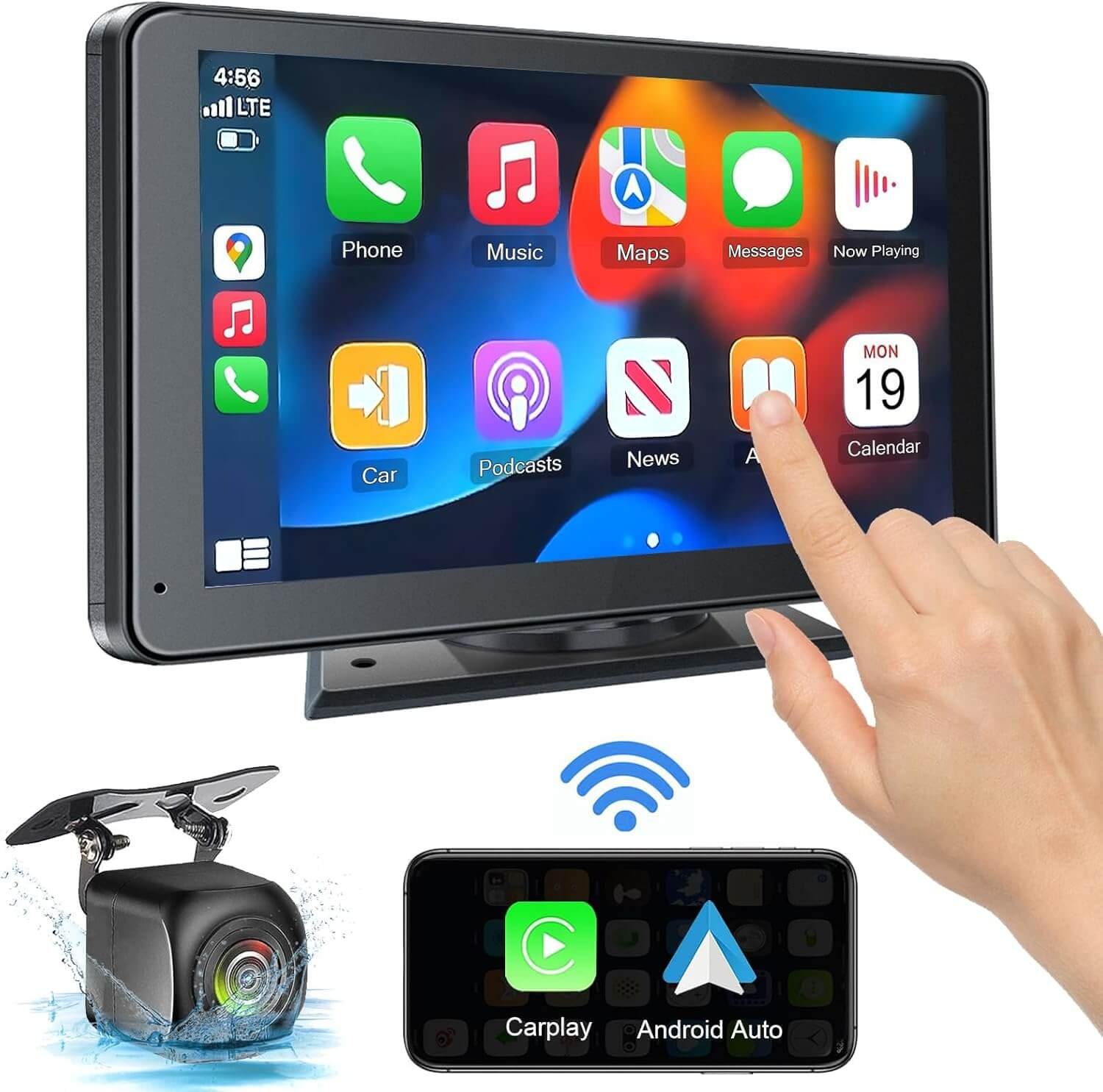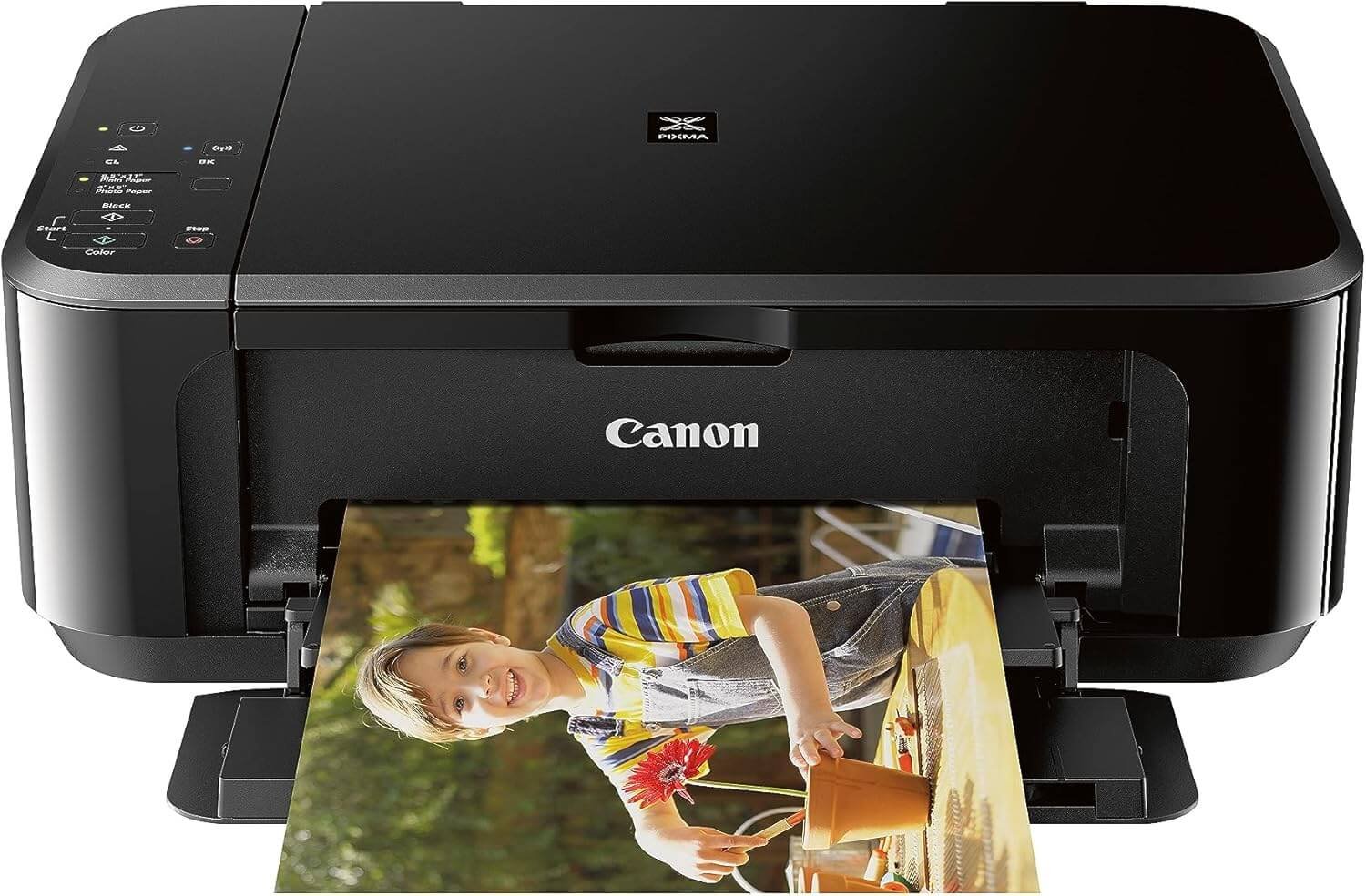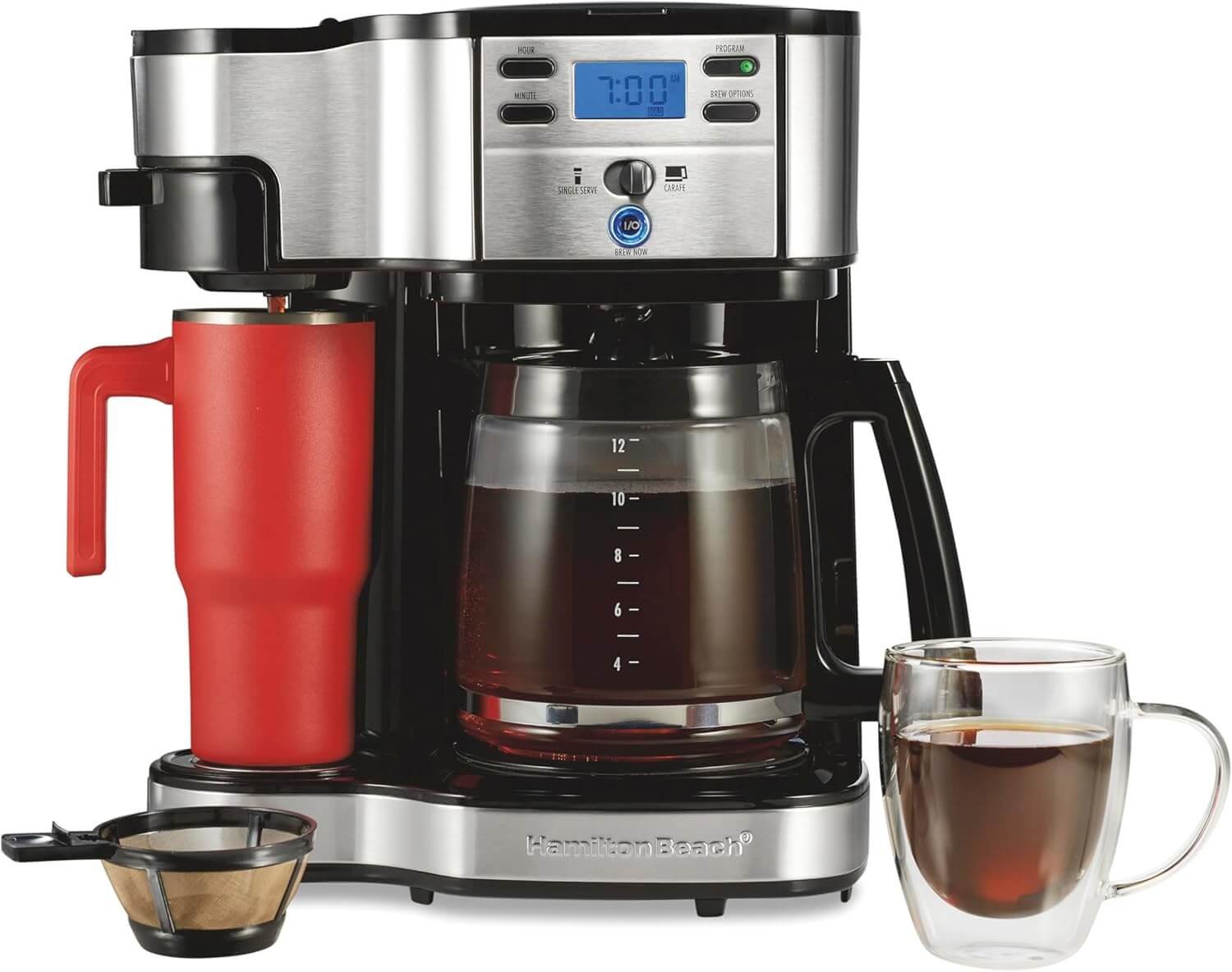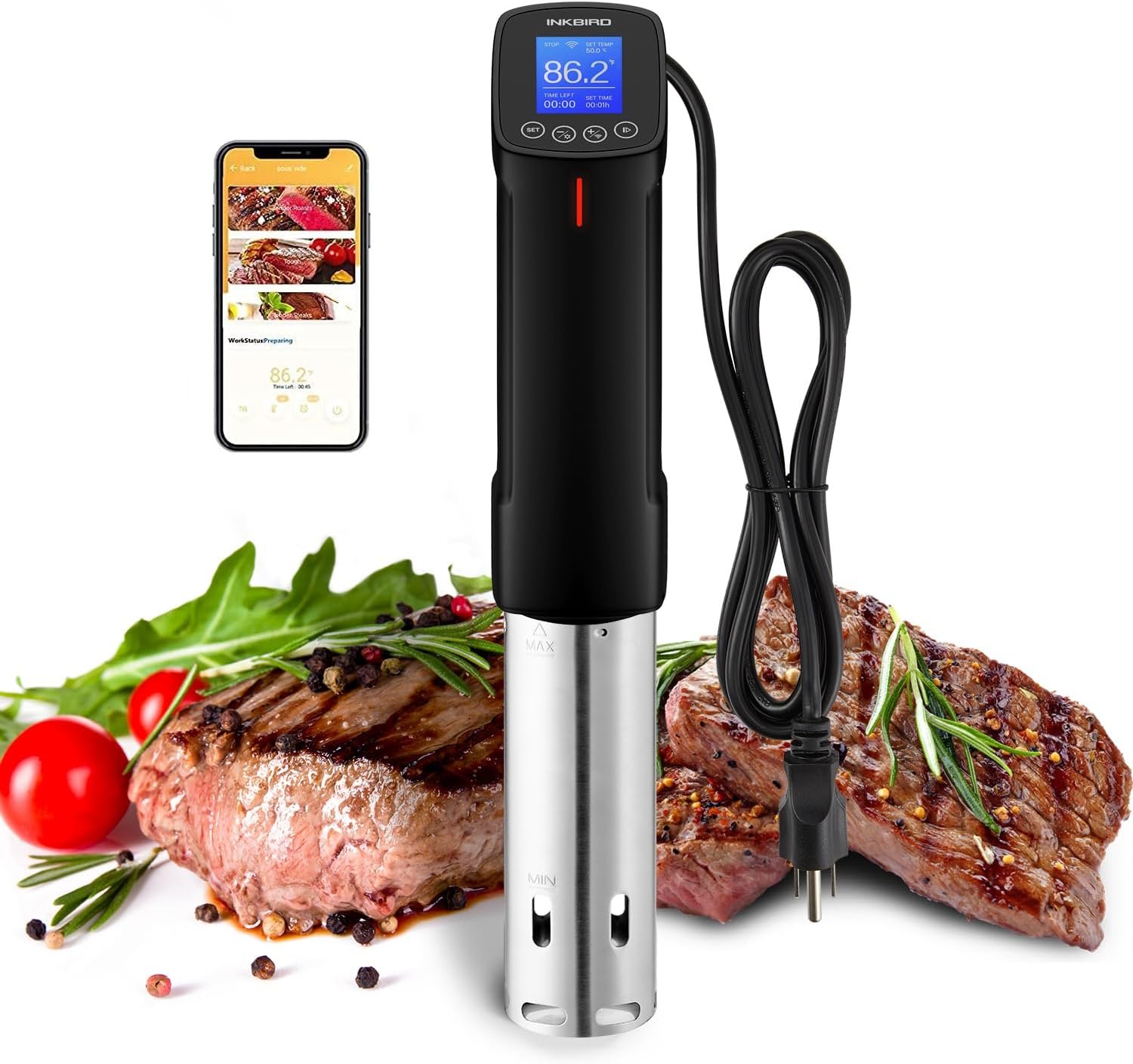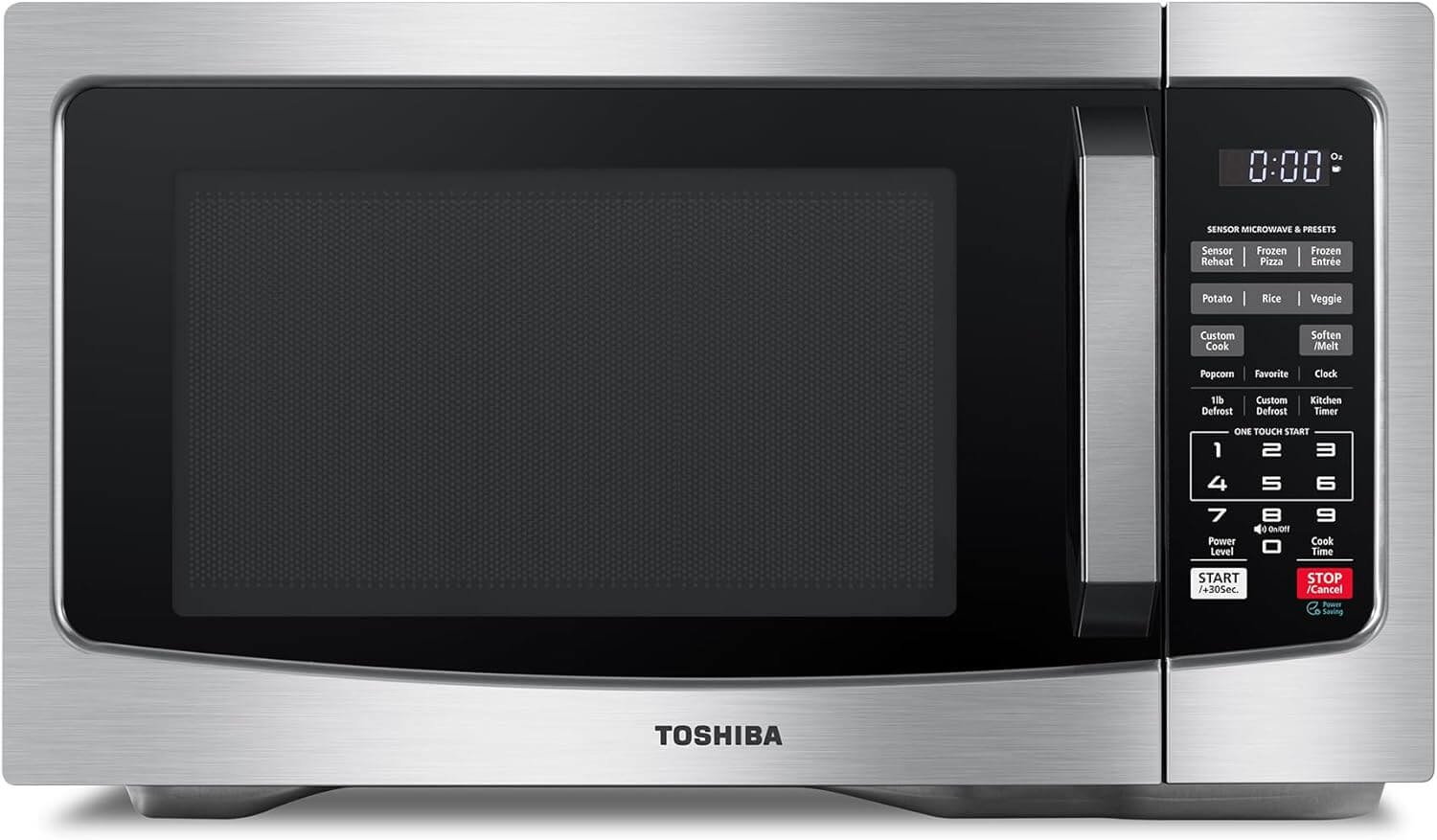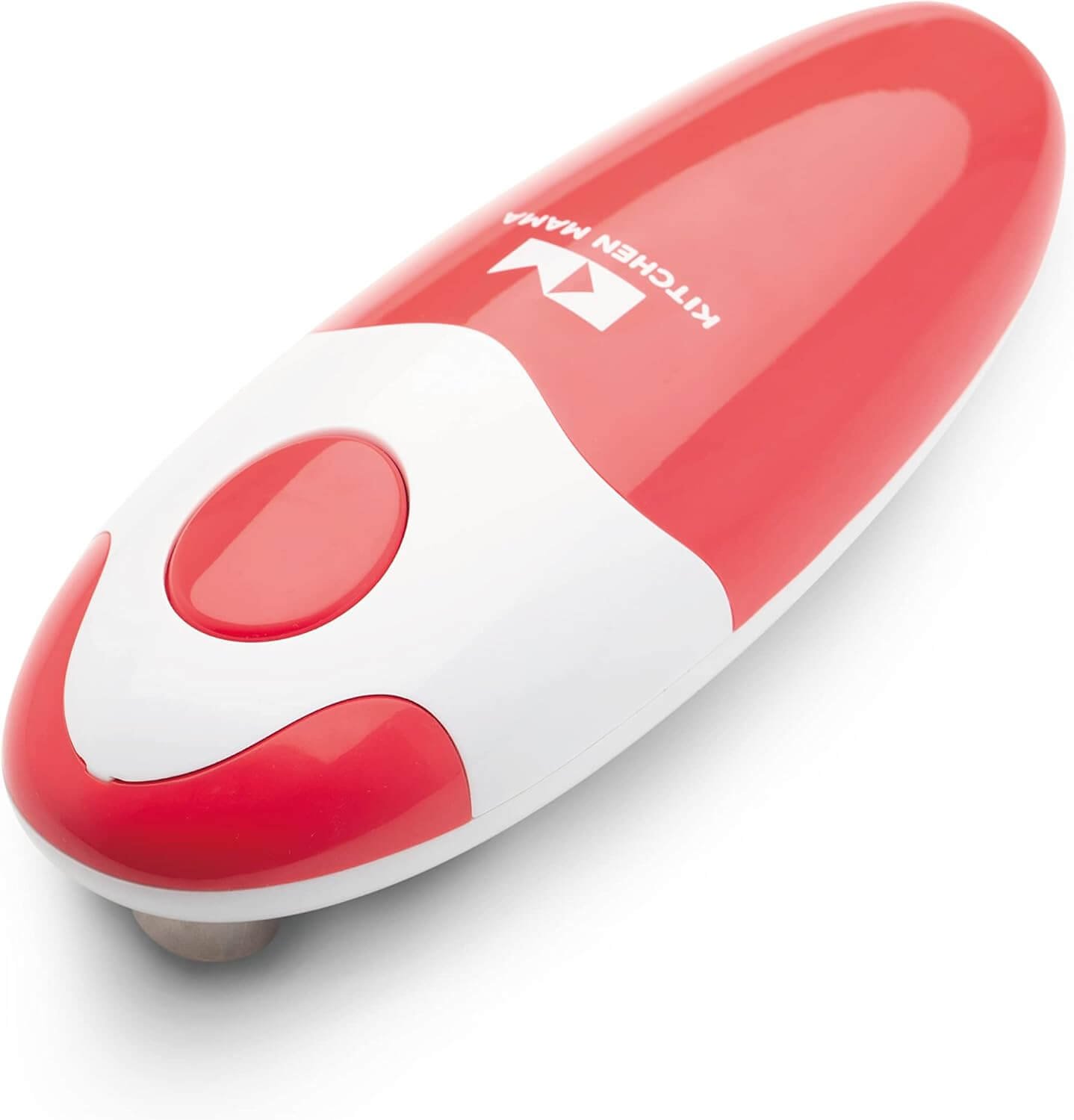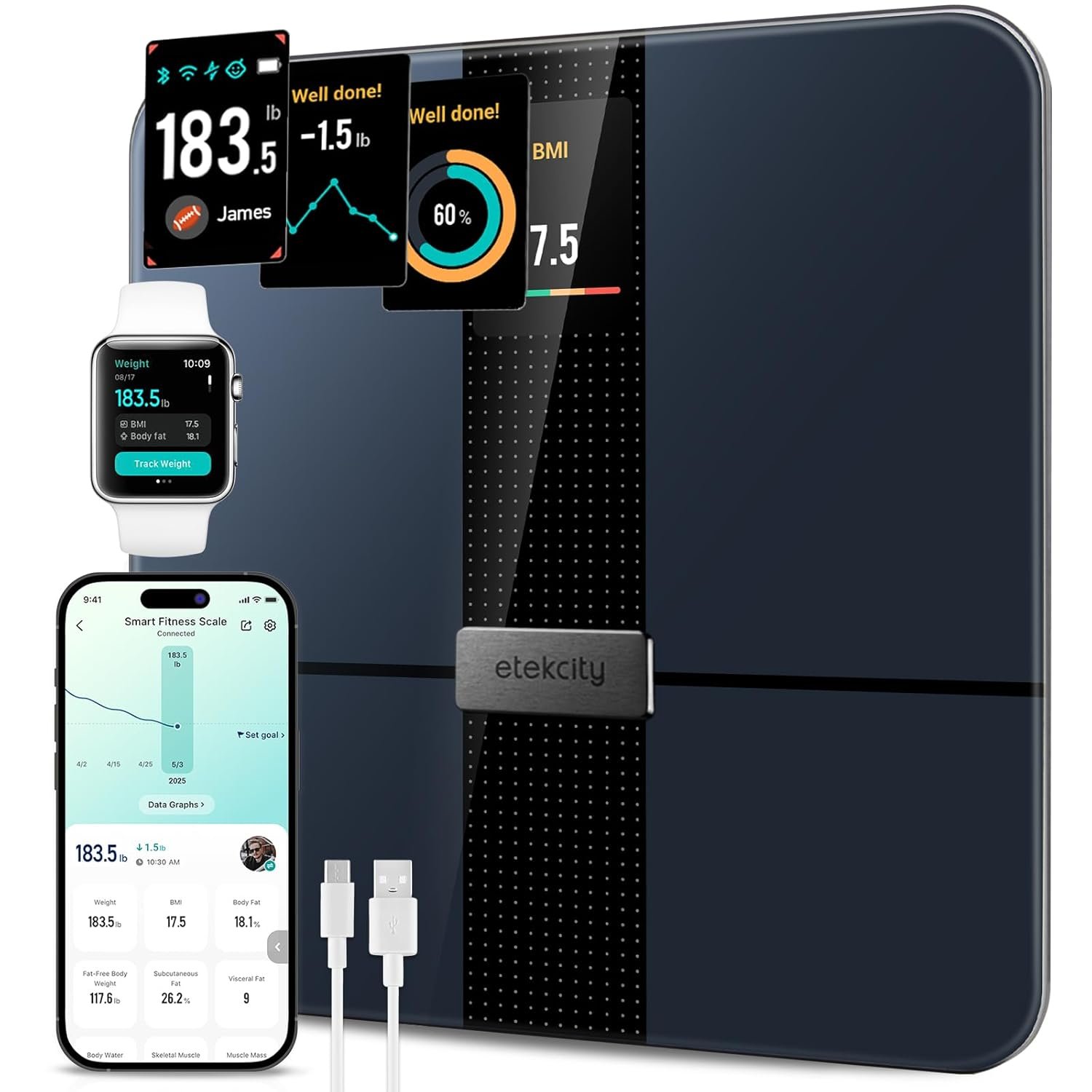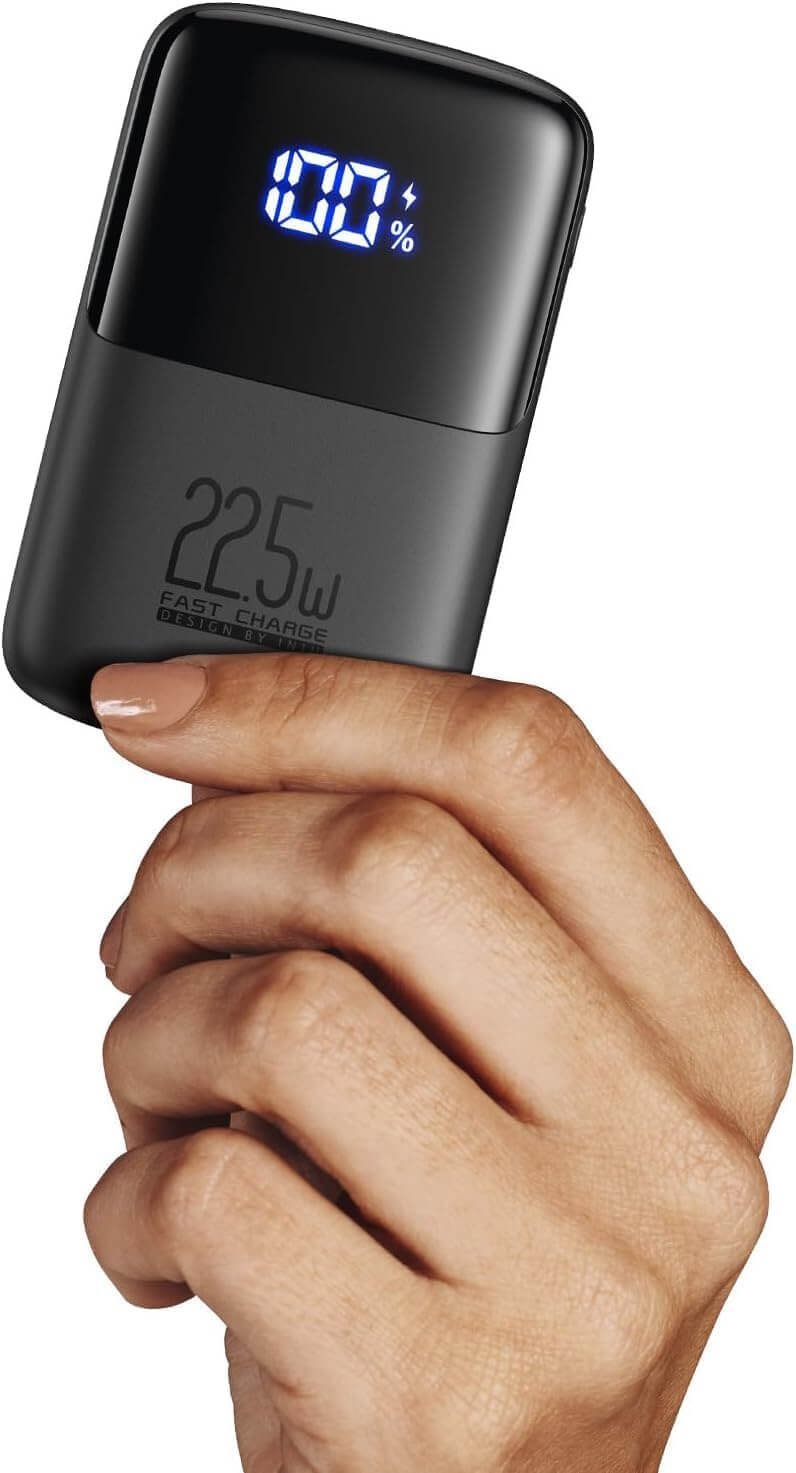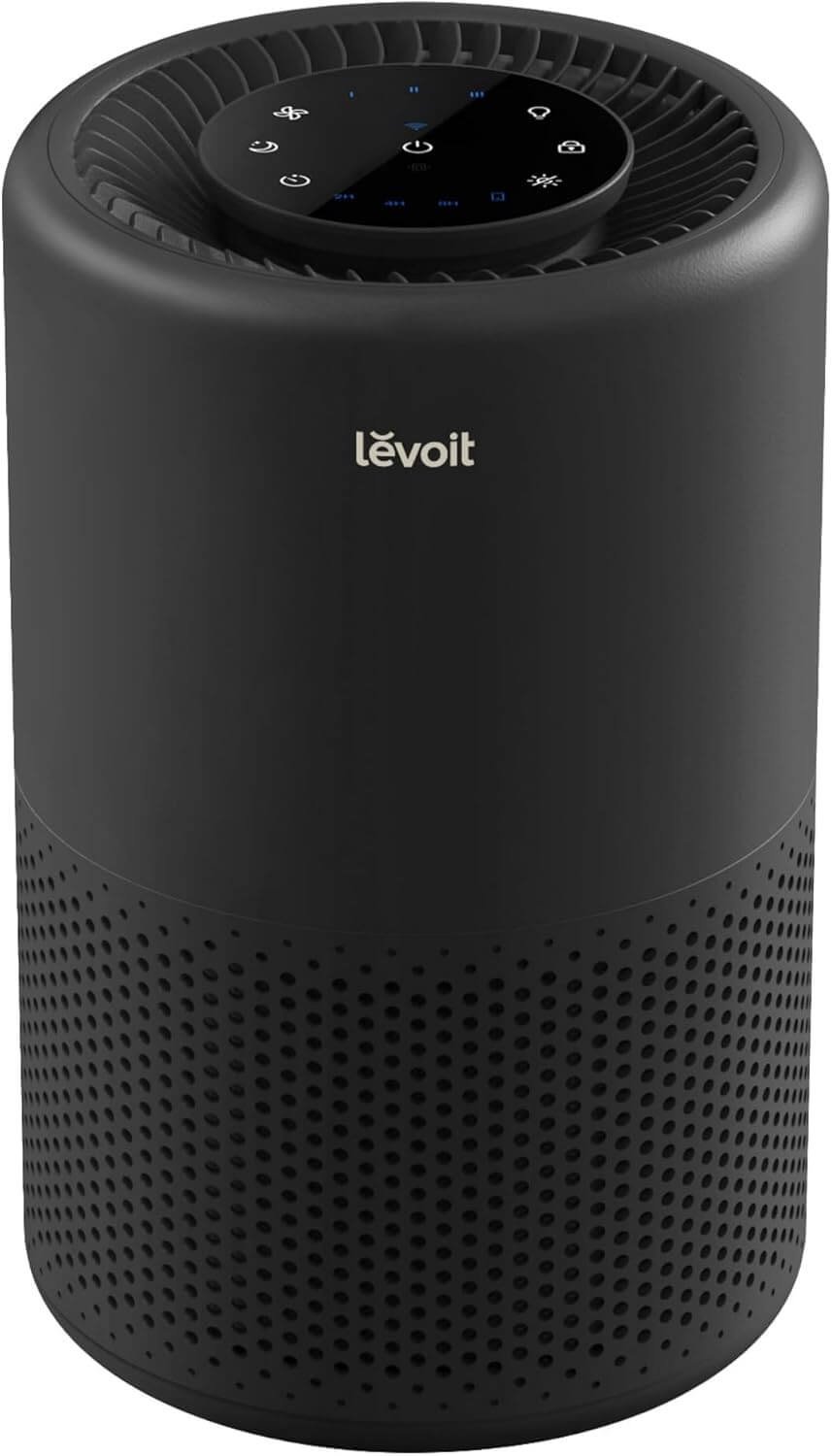What is a Pulse Oximeter?
A fingertip pulse oximeter is a compact and non-invasive device designed to measure vital signs such as blood oxygen saturation levels (SpO2) and heart rate. This small yet efficient instrument operates through a simple clip-on design that attaches to the fingertip, allowing for easy and quick use in a variety of settings, from home care to clinical environments.
The primary function of a pulse oximeter is to determine the percentage of oxygen saturation in the blood. It accomplishes this by utilizing two light-emitting diodes (LEDs) that emit light wavelengths—usually red and infrared—to assess how much light is absorbed by the blood. Since oxygen-rich blood absorbs different amounts of light compared to oxygen-poor blood, the device can accurately calculate SpO2 levels by analyzing the variations in light absorption. In addition to measuring oxygen saturation, most fingertip pulse oximeters also provide heart rate readings, offering a broader perspective on an individual’s cardiovascular health.
The significance of blood oxygen saturation levels cannot be overstated. Normal SpO2 readings typically range from 95% to 100%, and any significant deviation may indicate respiratory or cardiac issues. Monitoring these levels allows individuals to make informed decisions about their health; for example, those with chronic respiratory conditions like asthma or COPD can keep track of their oxygen saturation to ensure timely medical intervention if necessary. Additionally, the heart rate readings contributed by the fingertip pulse oximeter can help identify abnormalities or potential underlying health issues, making it an essential tool for comprehensive health management.
How Does it Work?
The fingertip pulse oximeter blood oxygen saturation monitor operates using a relatively straightforward yet effective technology that often seems complex at first glance. Central to its function are infrared light sensors, which play a critical role in measuring the oxygen saturation levels in your blood. When you place the device on your fingertip, the sensors emit light waves that pass through your skin and the underlying tissues.
The fingertip pulse oximeter assesses blood oxygen saturation levels by analyzing how much light is absorbed versus how much is reflected. Oxygenated and deoxygenated hemoglobin absorb light differently; therefore, the device can distinguish between the two by measuring changes in light absorption. Specifically, the sensors capture light at two different wavelengths—red and infrared. Each hemoglobin variant absorbs these wavelengths in distinct ways, allowing the device to compute the ratio of oxygenated to deoxygenated blood.
Moreover, this process occurs rapidly, providing immediate feedback to the user. The fingertip pulse oximeter also measures heart rate by detecting the pulsing of blood flow through the fingertip. This simultaneous measurement is achieved because, with each heartbeat, there is a fluctuation in blood volume and composition. The device converts these variations into numerical values displayed on a digital screen. The integration of advanced algorithms further enhances the accuracy of the readings, ensuring that users receive reliable information regarding their blood oxygen saturation and heart rate.
By utilizing non-invasive optical technology, the fingertip pulse oximeter blood oxygen saturation monitor allows individuals to continuously keep track of their health status conveniently. Understanding how this device works demystifies its operation and illustrates the science behind monitoring vital health indicators in real-time.
Benefits of Using a Pulse Oximeter
The fingertip pulse oximeter blood oxygen saturation monitor is an essential device for anyone interested in maintaining their health. One of the primary benefits of using this device is the ability to continuously monitor overall health. By measuring blood oxygen levels and pulse rates, individuals can gain insights into their respiratory and cardiovascular function. This data is particularly valuable for people with chronic conditions, as it enables them to be proactive in managing their health.
Another significant advantage of utilizing a pulse oximeter is the early detection of potential health issues. Low blood oxygen saturation can be an indicator of various medical conditions, including respiratory illnesses and heart diseases. By regularly monitoring their oxygen levels, users can identify changes that may require medical attention, thus facilitating timely intervention and treatment. The convenience of having a fingertip pulse oximeter allows individuals to check their levels quickly and easily, providing peace of mind in everyday life.
In addition to health monitoring, a fingertip pulse oximeter blood oxygen saturation monitor can be an excellent tool for tracking fitness progress. As physical activity levels increase, so does the demand for oxygen. Monitoring oxygen saturation during workouts helps individuals gauge their body’s response to exercise and optimize their fitness routines. Athletes, in particular, can benefit from this feedback, as it can assist in enhancing performance and ensuring safety during intense physical activities.
Furthermore, the portability and ease of use of a pulse oximeter make it a practical addition to daily health routines. Compact and lightweight, these devices can be carried anywhere, providing on-the-go health monitoring without the hassle of more cumbersome equipment. This accessibility promotes a proactive approach to health management, encouraging individuals to be more engaged and informed about their well-being.
Why Choose a Fingertip Model?
When considering a pulse oximeter, selecting a fingertip model offers numerous advantages that enhance user experience. One of the primary benefits is ease of use. Fingertip pulse oximeters are designed to be simple and intuitive, allowing users to take readings with minimal effort. They can easily be placed on the index or middle finger, providing a quick and accurate assessment of blood oxygen saturation levels. This simplicity makes them suitable for individuals of all ages, from children to the elderly, ensuring that everyone can monitor their health without having to navigate complex settings.
In terms of portability, fingertip models excel due to their compact size. Unlike larger pulse oximeters, which may be cumbersome and less convenient to carry, fingertip devices easily fit in a pocket or bag, making them ideal for use at home or on the go. This feature is particularly appealing for those with active lifestyles or those who frequently travel and want to ensure their oxygen levels are monitored regularly.
Another significant advantage lies in the accuracy of fingertip pulse oximeters. Many models are equipped with advanced technology that ensures precise readings. This is critical for individuals with respiratory conditions or those engaged in high-altitude activities who need reliable data to manage their health. Additionally, fingertip models often feature an OLED screen, which provides clear and easily readable results. This visual representation is beneficial for quick assessments and aids in understanding one’s oxygen saturation levels at a glance.
Another noteworthy characteristic is the included lanyard, which adds to the convenience of securing the device while not in use. This feature prevents loss and ensures that the pulse oximeter remains readily accessible for timely monitoring. Overall, the combination of user friendliness, portability, accuracy, and functionality makes the fingertip pulse oximeter blood oxygen saturation monitor an excellent choice for health-conscious individuals.
Who Should Use a Pulse Oximeter?
The fingertip pulse oximeter blood oxygen saturation monitor serves as a vital tool for several groups of individuals, each benefiting uniquely from its use. Among the primary users are individuals who suffer from respiratory conditions, such as chronic obstructive pulmonary disease (COPD), asthma, and cystic fibrosis. For these individuals, monitoring blood oxygen levels is crucial for managing their health. By regularly checking their oxygen saturation, they can determine whether their condition is stable or if alterations in their treatment plan are necessary.
Athletes also find considerable value in using a fingertip pulse oximeter. These sports enthusiasts often rely on this device to monitor their oxygen levels during training and competition. By understanding their saturation levels, athletes can optimize their performance and make informed decisions about their physical exertion. Additionally, engaging in altitude training has become a popular practice among athletes. A pulse oximeter can help them acclimate by providing real-time feedback on their body’s adaptation to low oxygen levels.
Individuals recovering from surgeries or medical procedures are another group that can significantly benefit from using a blood oxygen saturation monitor. Post-operative patients often experience fluctuations in oxygen levels as their bodies heal. By closely monitoring these readings, they can quickly identify any potential complications, enabling prompt intervention from healthcare professionals if necessary.
Even individuals without underlying health conditions may choose to utilize a fingertip pulse oximeter as a preventive measure. By regularly tracking their oxygen saturation, they can maintain awareness of their overall health, serving as a proactive approach to wellness. Through a comprehensive understanding of who should use a pulse oximeter, it is clear that this device caters to a wide range of lifestyles and medical needs, making it a valuable addition to personal health management tools.
Comparing Pulse Oximeters: Key Features
When selecting a fingertip pulse oximeter blood oxygen saturation monitor, several essential features must be considered to ensure optimal performance and user experience. One such feature is accuracy. The foremost function of a pulse oximeter is to deliver precise blood oxygen levels. High-quality models typically provide an accuracy range of ±2% for SpO2 measurements. Therefore, it is critical to check reviews and specifications before making a purchase.
The display of the fingertip pulse oximeter is another significant aspect that affects usability. Most modern monitors come equipped with bright LED screens that allow for easy reading, even in low-light conditions. Some devices also offer adjustable brightness and multi-directional display options, which enhance user convenience further. A clear and legible display is paramount, as users often need to see readings quickly and without confusion.
Battery life can vary widely among pulse oximeters, primarily depending on the type of display used and the efficiency of the device. Models with long-lasting batteries can operate for extended periods without frequent recharges, making them particularly useful for individuals who require regular monitoring. Users should look for devices that list their battery life explicitly, and if possible, choose those that employ energy-saving technologies.
Lastly, ease of use is crucial for all potential users, especially those who may be unfamiliar with medical devices. The ideal fingertip pulse oximeter blood oxygen saturation monitor should have an intuitive design, with simple buttons and a straightforward setup process. Features such as auto power-off and lightweight construction enhance portability and usability, allowing users to monitor their health effortlessly from home or on the go.
In determining the best option, it is essential to weigh these key features, ensuring that the selected pulse oximeter aligns with personal health monitoring needs and preferences.
How to Use a Fingertip Pulse Oximeter
Using a fingertip pulse oximeter blood oxygen saturation monitor is a simple yet effective way to assess your arterial oxygen levels. To ensure accurate readings, begin by ensuring that your hands are warm, relaxed, and free of nail polish or artificial nails, as these can interfere with the sensor’s operation. Also, choose a quiet environment to minimize distractions while you take your measurement.
To use the device, place it on the tip of your finger with the sensor facing your nail. It is recommended to use your middle or ring finger, as these tend to provide more accurate readings. Once positioned correctly, press the button on the device to activate it. Most fingertip pulse oximeters will display a blinking light; this indicates that the machine is in operation and is scanning for the blood oxygen levels.
Keep your finger still and allow the oximeter to take a reading. This process usually takes about 10-20 seconds. During this time, avoid moving your finger, as motion can lead to inaccurate results. Once the reading is complete, the device will display your blood oxygen saturation level and pulse rate on its digital screen. Typically, a reading above 95% is considered normal, while levels below this may indicate a need for further monitoring or consultation with a healthcare professional.
If you encounter issues such as erratic readings, ensure that the device is securely placed on your finger, remove any obstructions, and repeat the process. For those with darker skin pigmentation or poor circulation, multiple attempts may be required, as these factors can affect the accuracy of a fingertip pulse oximeter. Regularly using this device can help you monitor your health effectively and alert you to potential issues, empowering you to take proactive steps in managing your well-being.
Customer Reviews and Testimonials
In today’s health-conscious world, many individuals are turning to the fingertip pulse oximeter blood oxygen saturation monitor to keep track of their wellness. Feedback from users provides valuable insights into how effectively this device serves its purpose. Numerous customers have shared their positive experiences, underscoring the reliability and convenience of monitoring blood oxygen levels from the comfort of home.
One satisfied user, a long-distance runner, noted, “I bought the fingertip pulse oximeter to ensure that I am maintaining healthy oxygen levels during my training sessions. It’s incredibly simple to use and gives me instant feedback. I feel more secure knowing I can monitor my saturation levels any time.” Such testimonials illustrate how this device empowers individuals to take control of their health, especially for those engaged in physical activities or managing chronic conditions.
Another user, a caregiver, expressed her appreciation for the fingertip pulse oximeter, stating, “As someone who looks after elderly relatives, this monitor has been a game changer. I can quickly check their oxygen levels and share this information with their doctors without making frequent trips to the clinic.” This highlights the practicality of the device for both personal and professional healthcare settings, reinforcing the idea that it is an essential tool for anyone needing to regularly monitor blood oxygen saturation.
Moreover, many customers have praised the device’s accuracy and ease of use. One reviewer mentioned, “I love how lightweight and portable this oximeter is. I can carry it in my pocket and use it whenever needed. It’s an essential part of my health toolkit.” These reflections reflect a common sentiment among users, showcasing the fingertip pulse oximeter blood oxygen saturation monitor as a trustworthy ally in health management.
Where to Purchase and Pricing
The fingertip pulse oximeter blood oxygen saturation monitor is widely available through various channels, making it accessible for those wishing to monitor their health conveniently. One of the most straightforward ways to purchase this device is online. Several reputable e-commerce platforms, such as Amazon, Walmart, and Best Buy, offer a range of options, ensuring you can find a model that suits your specific needs and budget. These online retailers frequently have customer reviews and ratings, facilitating informed decision-making.
In addition to online purchasing, consumers can also explore local pharmacies, medical supply stores, and big-box retailers. Stores like CVS, Walgreens, and Rite Aid typically stock these monitors, allowing for immediate purchase without shipping delays. It is beneficial to compare prices across different retailers, as discounts and promotions may vary considerably. Some stores offer loyalty programs or membership discounts that could lower the cost further, making it prudent to inquire about such offers when shopping in-person.
Pricing for fingertip pulse oximeters can vary based on features, brand reputation, and accuracy. Generally, buyers can expect to pay anywhere from $15 to $50 for a reliable monitor. More advanced versions with additional functionalities, such as Bluetooth connectivity or smartphone integration, may be priced higher. Special offers, seasonal sales, or bulk purchase discounts can also influence final costs, encouraging potential buyers to act promptly. By investing in a fingertip pulse oximeter blood oxygen saturation monitor today, you are taking a proactive step towards maintaining your health, ensuring you have the necessary tools at your fingertips whenever needed.

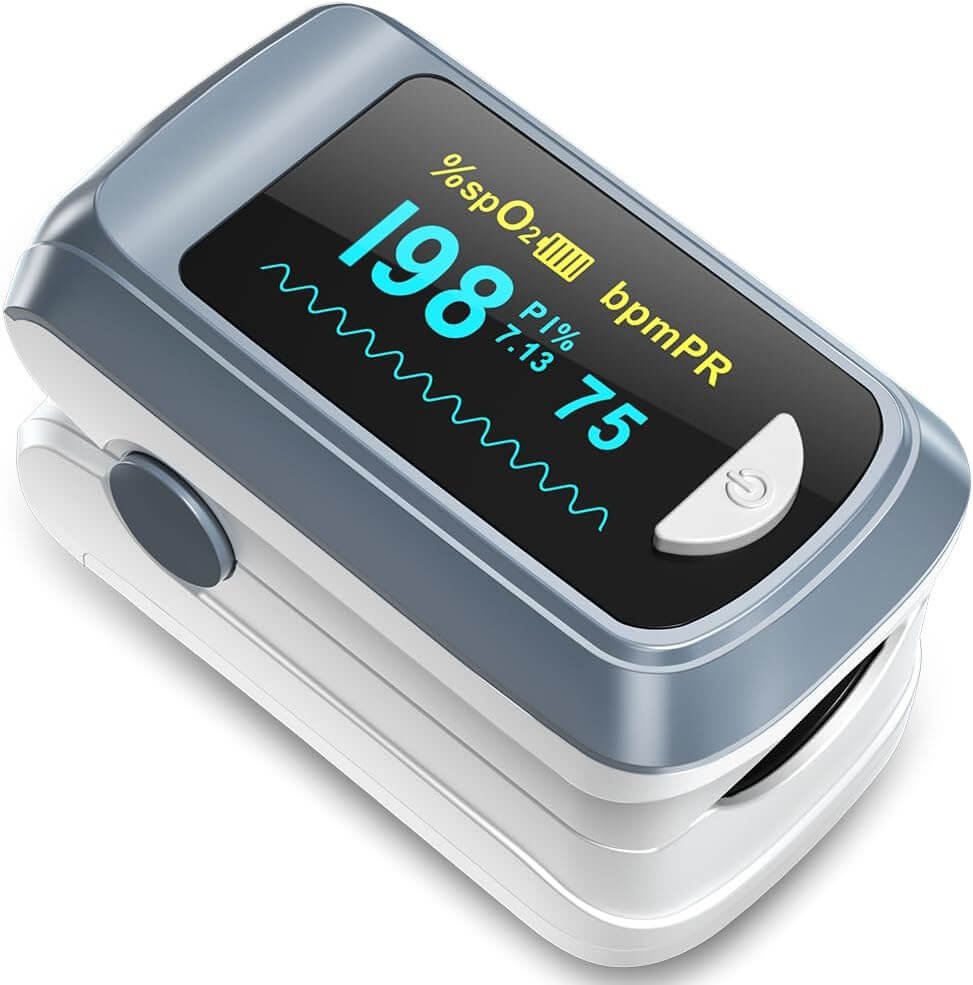

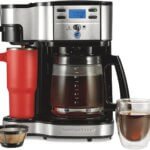

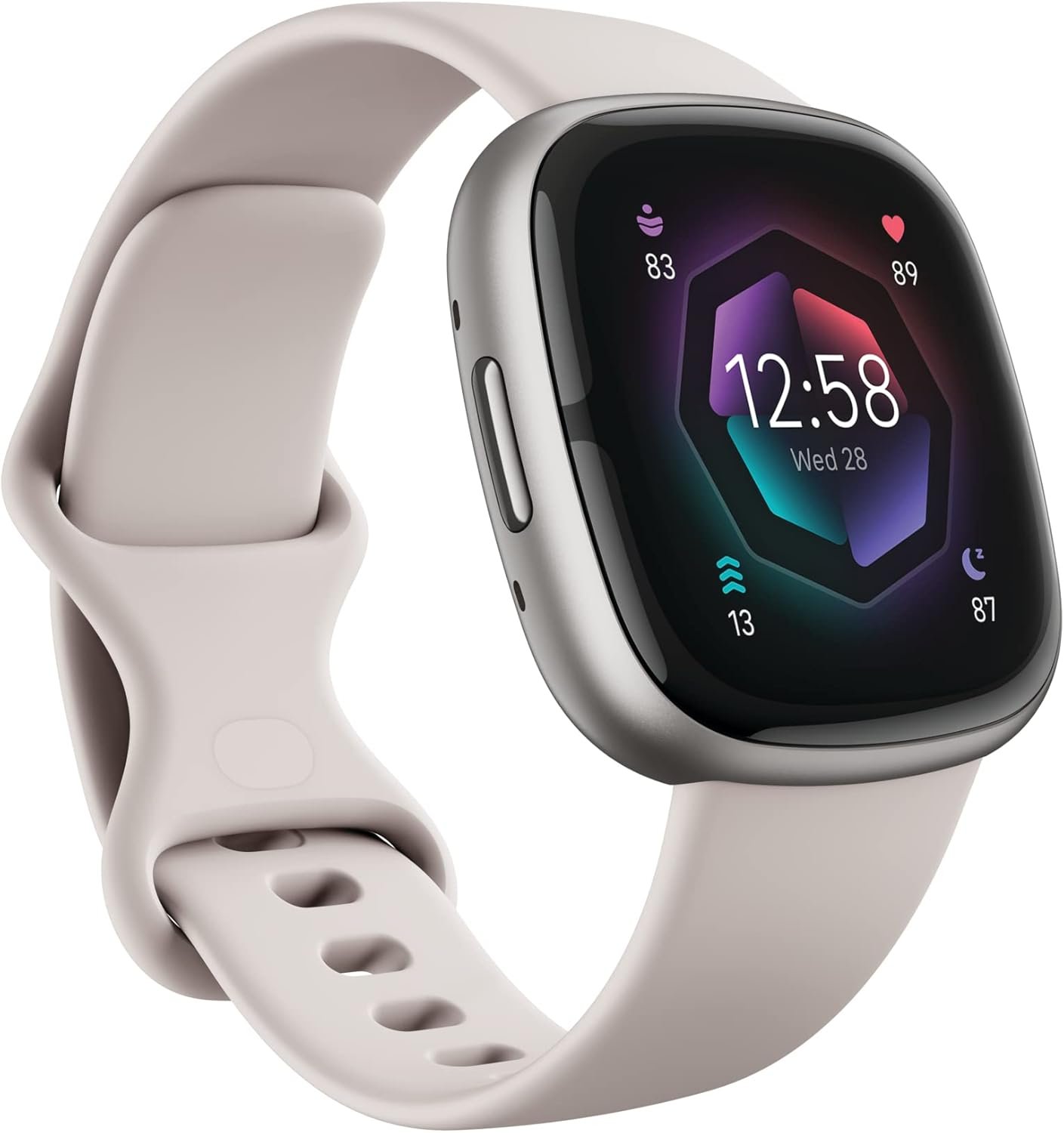

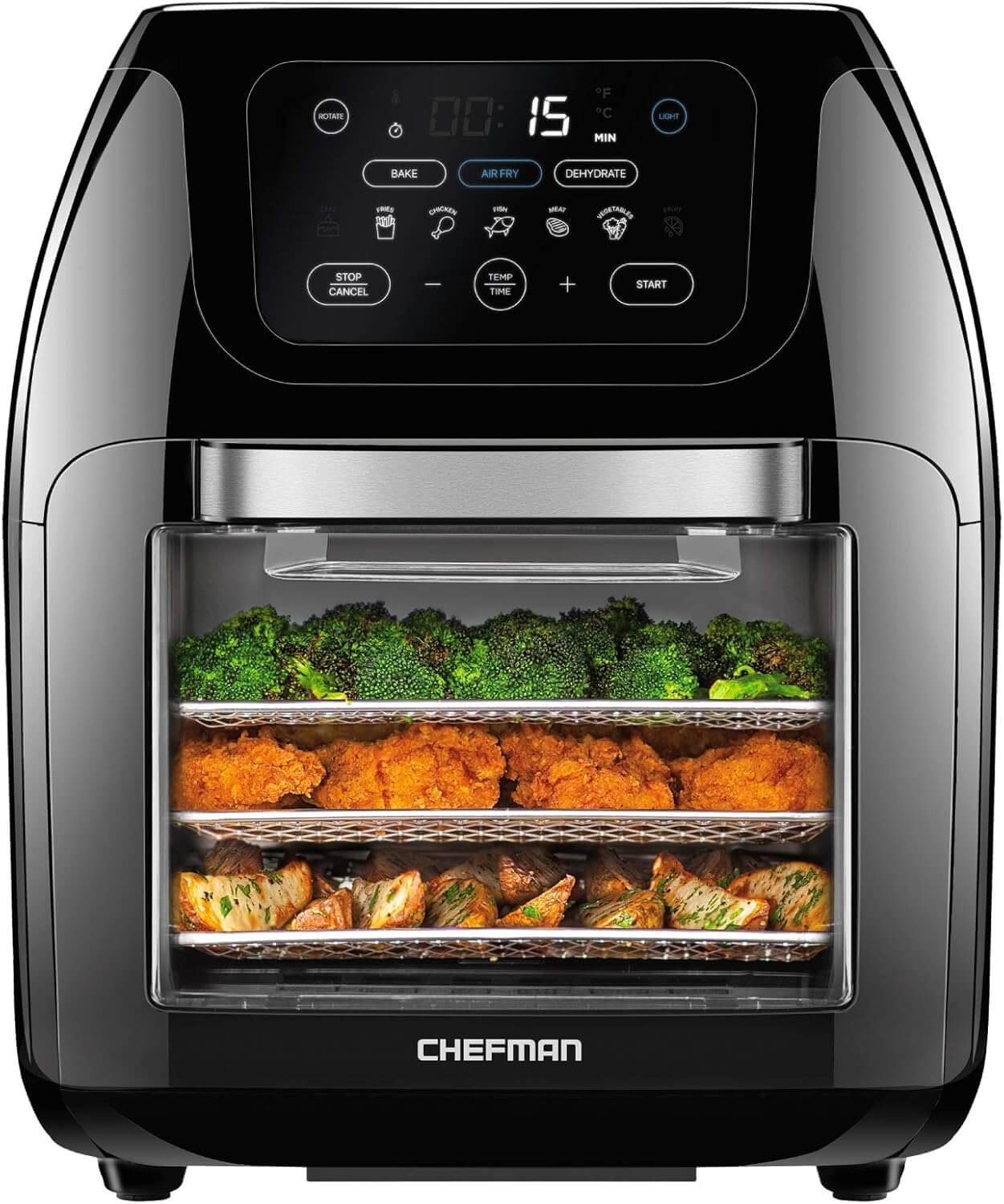
![Apple Watch Series 10 [GPS 46mm case] Smartwatch with Rose Gold Aluminium Case with Light Blush Sport Band - M/L. Fitness Tracker, ECG App, Always-On Retina Display, Water Resistant](https://gizrpt.com/wp-content/uploads/2025/09/Apple-Watch-Series-10-GPS-46mm-case-Smartwatch-with-Rose-Gold-Aluminium-Case.jpg)
